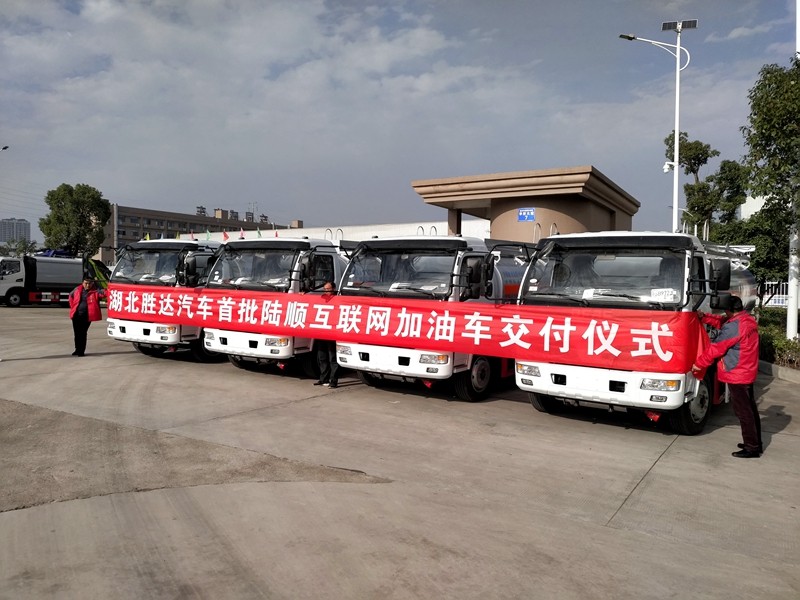Innovations in Aerodynamics and Materials
Beyond fuel types, design tweaks are contributing to lower emissions. Tanker manufacturers are incorporating aerodynamic features such as streamlined cabs and side skirts, which reduce air resistance and improve fuel efficiency by 8-10%. Additionally, the use of lightweight composite materials for tank construction has cut vehicle weight by up to 15%, further reducing fuel consumption.
A leading U.S.-based manufacturer recently unveiled a prototype tanker truck with a carbon fiber-reinforced plastic tank. Testing shows that the model uses 12% less fuel than traditional steel-tank equivalents while maintaining the same durability and safety standards. “Every kilogram we remove from the vehicle translates to lower emissions over its lifetime,” explains Sarah Johnson, the company’s chief engineer.
Circular Economy Practices in Maintenance
The industry is also embracing circular economy principles to minimize waste. Many fleet operators now partner with specialized firms to recycle and reuse components from decommissioned tanker trucks. Tanks that are no longer fit for transporting hazardous materials are often repurposed for storing water or non-toxic liquids, extending their lifespan by 5-7 years.
In the Netherlands, a logistics cooperative has set up a facility dedicated to remanufacturing tanker truck engines. By replacing worn parts with refurbished ones, the cooperative reduces the need for new raw materials and cuts the carbon footprint of engine replacement by 40%. “Sustainability isn’t just about new trucks; it’s about making the most of what we already have,” says Pieter van der Meer, the cooperative’s sustainability director.
Policy Drivers and Incentives
Government policies are playing a key role in accelerating the shift to eco-friendly tanker trucks. The European Union’s “Clean Vehicles Directive” offers tax breaks to companies that operate low-emission tanker fleets, while China’s “New Energy Vehicle Industry Development Plan” includes subsidies for electric and hydrogen-powered commercial vehicles, including tankers.
In the United Kingdom, the government has launched a £50 million fund to support the installation of hydrogen refueling stations along major highways, specifically targeting tanker trucks and other heavy-duty vehicles. “Infrastructure is a bottleneck for green trucks,” notes a spokesperson for the UK Department for Transport. “This investment will make it easier for operators to make the switch.”
Challenges on the Road to Sustainability
Despite progress, challenges remain. The high upfront cost of hydrogen and electric tanker trucks—up to 50% more than diesel models—deters many small and medium-sized operators. Additionally, the limited availability of refueling and charging stations in rural areas makes it difficult to deploy green tankers for long-haul routes.

However, industry experts are optimistic. “As technology matures and economies of scale kick in, the cost gap will narrow,” predicts Emma Lewis, an analyst at a global energy research firm. “In the next decade, we could see a majority of new tanker trucks being zero-emission.”
The tanker truck industry’s journey toward sustainability is a testament to its ability to adapt to global challenges. By combining technological innovation with policy support and circular practices, these essential vehicles are poised to play a key role in a low-carbon future, ensuring the safe and efficient transport of liquids while protecting the planet.

